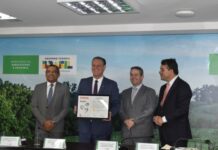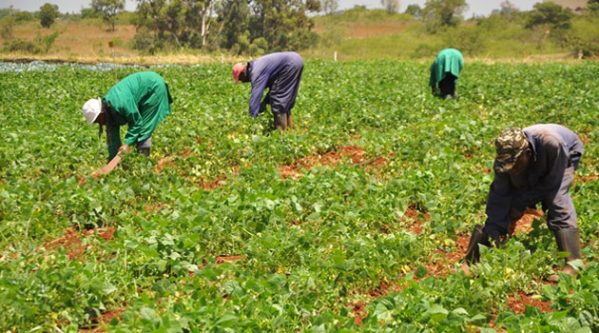
The 30th UN Climate Change Conference (COP30), hosted in the Amazon-gateway city of Belém, Brazil, has drawn in a historically large number of Indigenous participants — and with them, heightened expectations that their voices will increasingly influence the global climate debate.
Organisers estimate that roughly 3,000 Indigenous delegates are expected to take part in COP30 — far more than in previous years.
Brazil’s government has promoted extensive outreach and support programmes for Indigenous attendance, allowing traditional attire, cultural-performances and dedicated pavilion space for Indigenous delegates to engage in climate conversations.
From the Andes to the Amazon, a journey of presence
Indigenous leaders from across Latin America and beyond arrived in a flotilla of boats, canoe and river craft, travelling from the Andes into the Amazon basin, to arrive at COP30 in symbol-laden fashion.
One such group — about 60 people from mountain glacier regions to tropical river systems — embarked on a weeks-long water journey to land on the banks of Belém ahead of the opening of the summit.
Their journey spanned Ecuador, Peru, Colombia and Brazil, underscoring the inter-connected threats of glacial loss, river-sourced water shrinkage and rainforest degradation.
They came bearing a clear message: Indigenous territories should no longer be treated as frontiers for mining, oil, logging or other extractive industries — but as stewards of forests, rivers and biodiversity. “We want much more than financing. We want our territories no longer sacrificed,” said Indigenous K’iche leader Lucia Ixchiu from Guatemala.
Why this matters — and the limits of visibility
The presence of such a large Indigenous delegation at COP30 is widely hailed as a step forward. Indigenous peoples conserve large tracts of intact forest, harbour rich knowledge of land management and are among those most vulnerable to climate change — yet have long been sidelined in international negotiations.
With COP30 situated literally on the doorstep of the Amazon, many view this as a strategic moment to build a bridge between climate policy and Indigenous land rights. The Brazilian government has emphasised that the summit is being held “in the Amazon, not about the Amazon”.
However, Indigenous delegates themselves caution that mere presence or visibility does not necessarily translate into decision-making power. As one participant put it, “We are working within a mechanism that we know wasn’t built for us… we have to work ten times harder to ensure our voices are part of the space.”
Challenges remain: some delegates reported lack of translator services at Indigenous-focused events, and logistical issues such as accommodation shortages in Belém have constrained participation for some.
Key demands and tactical leverage
Among the key demands being advanced by Indigenous voices at COP30:
- Recognition of Indigenous land rights and permanent stewardship as a means of forest and climate protection. The flotilla journey highlighted that in the one-third of the Amazon occupied by Indigenous or local communities, some 17 % of those lands face threat from drilling, mining or logging concessions.
- Inclusion in decision-making: Indigenous delegates seek to be not just observers but active participants in climate negotiations, especially those concerning land, water and biodiversity.
- Investment redirected away from destructive exploitation toward locally-controlled, sustainable systems of land management that align with Indigenous knowledge and way of life.
- Implementation rather than just promises: a recognition that while many climate summits produce lofty pledges, the hard part lies in translating them into action on the ground. Many Indigenous leaders emphasise that they feel the impacts of climate change most acutely — yet often see the fewest returns from high-level policy.
Why COP30 could be different
Analysts say COP30 carries potential for a shift in dynamics for three reasons:
- Location – Hosting the summit in the Amazon raises the profile of forest conservation, Indigenous stewardship and ecological integrity in ways previous venues did not.
- Scale of Indigenous participation – With thousands of Indigenous vis-à-vis previous decades’ handfuls, there is more chance of Indigenous-led side-events, film-festivals, product pavilions, cultural exchanges and coalition-building across countries.
- Civil society momentum – Global criticism of extractive industries in forest regions, such as oil, mining and logging, is growing. COP30 offers a visible stage for Indigenous communities to lever this momentum into policy.
The road ahead
COP30 runs through 21 November, and while no single summit can resolve all climate or land-rights issues, the elevated Indigenous presence sets a tone. Whether it leads to tougher commitments to forest-protection, stronger co-decision-making mechanisms or resourcing of Indigenous-led climate initiatives remains to be seen.
“Being here is important,” said one delegate. “But what we really need is to see that we are not just represented — we co-design the solutions.” As COP30 progresses, all eyes will be on how many of these words translate into transformation.







